Mastering the Art of Making Traditional Chinese Pear Soup with Rock Sugar: A Step-by-Step Guide to Perfect Sweetness and Health*
In the realm of traditional Chinese cuisine, few desserts or beverages embody the harmony of flavor and wellness quite like Bing Tang Xue Li* (冰糖雪梨), or Rock Sugar Pear Soup. This timeless elixir, steeped in centuries of culinary wisdom, is revered for its ability to soothe the throat, hydrate the body, and balance internal heat—especially during dry or cold seasons. While its preparation may appear deceptively simple, achieving the ideal balance of sweetness, texture, and therapeutic benefits requires precision and an understanding of its cultural roots. This article delves into the authentic method of crafting this beloved dish, exploring its origins, ingredient selection, and the nuanced techniques that elevate it from a mere recipe to a ritual of self-care.
The Cultural Significance of Rock Sugar Pear Soup
Before diving into the kitchen, it is essential to appreciate the cultural tapestry that informs this dish. In traditional Chinese medicine (TCM), pears (Pyrus pyrifolia) are considered “cooling” foods, prized for their ability to moisten the lungs, alleviate coughs, and reduce inflammation. Paired with rock sugar—a minimally processed cane sugar believed to nourish the spleen and stomach—this soup becomes a gentle remedy for ailments like sore throats, dry skin, and even mild fevers. Its preparation often aligns with seasonal transitions, such as autumn’s arrival, when the air turns crisp and the body craves hydration.
Ingredient Selection: Quality Over Quantity
The foundation of exceptional Rock Sugar Pear Soup lies in the quality of its components. Here’s a breakdown of the essentials:

- Pears: Opt for firm, aromatic varieties like Asian pears (also known as Nashi pears) or Bosc pears. Their crisp texture and subtle floral notes hold up well during cooking, unlike softer varieties that may disintegrate.
- Rock Sugar (Bing Tang): Avoid refined white sugar; instead, seek out large, translucent crystals of rock sugar, which melt slowly and impart a mellow sweetness without overpowering the pears’ natural flavor.
- Complementary Ingredients:
- Goji Berries (Gou Qi Zi): These vibrant red berries add a hint of tartness and are rich in antioxidants.
- Red Dates (Hong Zao): Dried jujubes contribute a caramel-like sweetness and iron content.
- Silver Ear Mushrooms (Yin Er): Optional but highly recommended, these delicate fungi enhance the soup’s viscosity and lung-nourishing properties.
Step-by-Step Preparation: A Dance of Fire and Time
Preparing the Pears
- Wash and Core: Rinse the pears under cold water, gently scrubbing the skin to remove wax or residue. Using a melon baller or small spoon, hollow out the core, creating a cavity for the rock sugar. Pro Tip: Leave the stem intact for an elegant presentation.
- Peel or Not to Peel?: While some recipes advocate peeling for a smoother texture, retaining the skin preserves fiber and nutrients. If using organic pears, keep the skin; otherwise, peel to avoid pesticides.
Assembling the Soup Base
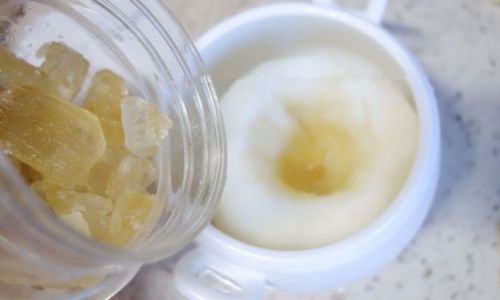
- In a heavy-bottomed pot (preferably clay or stainless steel), place the hollowed pears. Tuck 2–3 goji berries and a slice of red date into each cavity.
- Fill the pot with filtered water until it reaches 1 inch below the rim. Avoid overfilling, as prolonged boiling may reduce the liquid excessively.
Simmering with Precision
- Initial Boil: Bring the water to a rolling boil over high heat, then immediately reduce to a gentle simmer. This rapid-then-slow method ensures the pears cook evenly without becoming mushy.
- Add Rock Sugar: Sprinkle 2–3 tablespoons of rock sugar into the pot. The amount may vary based on pear sweetness and personal preference. Note: For a vegan alternative, substitute with coconut sugar or maple syrup, though the flavor profile will shift.
Enhancing with Silver Ear Mushrooms (Optional)
- If using dried silver ear, rehydrate it in warm water for 20 minutes, then trim the tough stems and tear into small pieces. Add to the pot during the last 30 minutes of cooking to maintain their gelatinous texture.
The Final Simmer
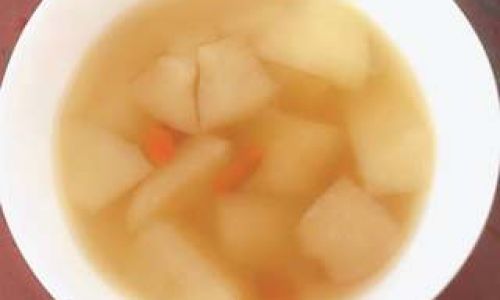
- Cover the pot and let the soup simmer for 45–60 minutes, or until the pears turn translucent and the liquid thickens slightly. Avoid stirring vigorously, as this may break the pears. Instead, gently tilt the pot to redistribute flavors.
Serving and Storage
- Serve warm or chilled, with a ladle of syrup and a pear half per bowl. Garnish with a sprinkle of goji berries or a mint leaf for color.
- Leftovers can be refrigerated for up to 3 days, though the texture may soften. Reheat gently to preserve nutrients.
Troubleshooting Common Pitfalls
- Soup Too Sweet? Balance with a squeeze of fresh lemon juice or a pinch of sea salt.
- Pears Overcooked? Next time, reduce simmering time by 10–15 minutes and monitor doneness with a fork—it should pierce easily but retain shape.
- Liquid Not Thickening? Increase heat slightly during the final 10 minutes, but never allow a full boil.
Health Benefits Beyond the Bowl
Beyond its comforting taste, Rock Sugar Pear Soup offers a wealth of wellness perks:
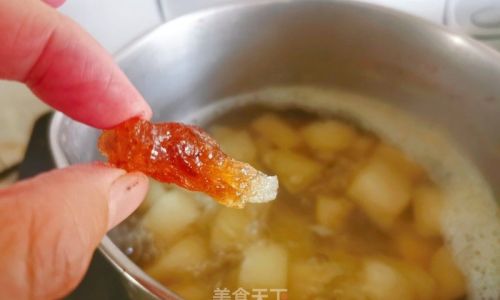
- Respiratory Support: The combination of pears and rock sugar acts as a natural expectorant, easing congestion.
- Antioxidant Boost: Goji berries and red dates deliver vitamins A and C, bolstering immunity.
- Gut Health: Silver ear mushrooms are prebiotic, nourishing beneficial gut bacteria.
Modern Adaptations: Balancing Tradition and Innovation
While purists may frown upon deviations, contemporary cooks often experiment with:
- Herbal Infusions: Adding chrysanthemum flowers or licorice root for additional soothing effects.
- Spices: A cinnamon stick or star anise during simmering imparts warmth.
- Alcohol Pairings: A splash of brandy or Chinese baijiu for adult gatherings.
Conclusion: A Spoonful of Tradition
In an era of instant gratification, the act of simmering Rock Sugar Pear Soup invites mindfulness—a reminder that some recipes are worth the wait. Whether sought as a remedy for winter chills or a sweet finale to a meal, this humble dish embodies the essence of Chinese home cooking: simplicity, intention, and reverence for nature’s bounty. By honoring its traditional methods while embracing creative liberty, you transform a bowl of soup into a vessel of cultural continuity. So, gather your ingredients, light the stove, and let the aroma of pears and rock sugar fill your kitchen—a testament to the enduring power of nourishing both body and soul.
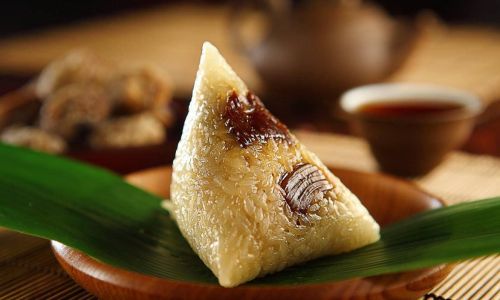
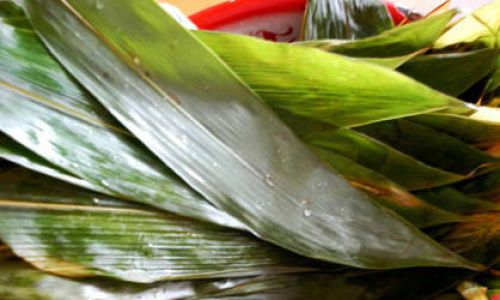
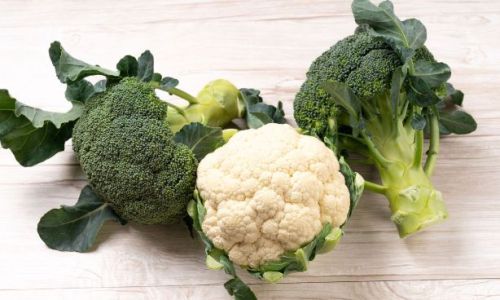
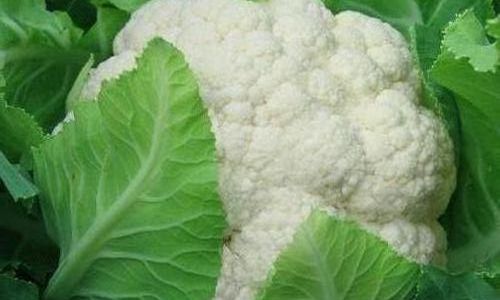
0 comments